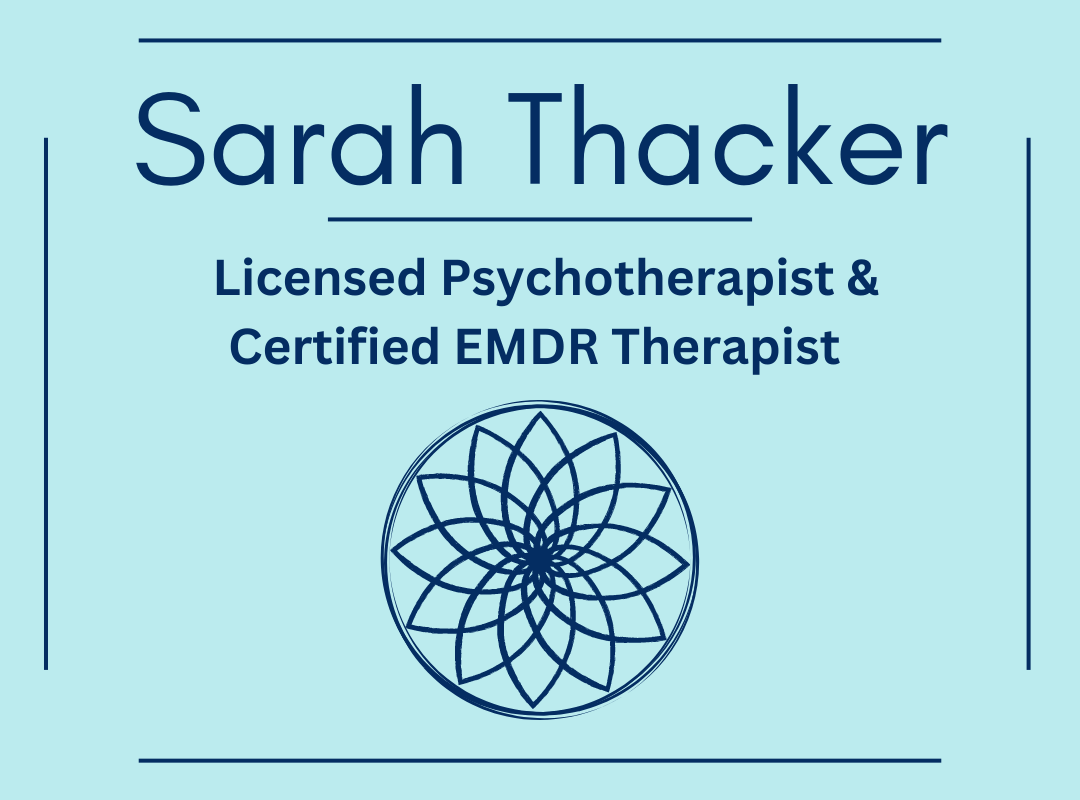If you are striving towards greater happiness, inner peace and contentment, developing the inner strength of curiosity will help you approach challenges in life with more ease and awareness. Increasing your knowledge and growing wiser all throughout your lifespan allows you to feel as though you have options and opportunities to shift your perspective to any circumstances.
Here at Wholistic Food Therapy, the primary focus is on supporting and uplifting those who struggle with emotional eating, so the examples given to grow this particular inner strength are directed towards this personal challenge. However, if emotional eating, managing food cravings and body image are not your focus, you can apply the same intention to your own areas of struggle—all challenges we face are usually metaphors for how we approach attempting to manage, control and make sense our internal experiences and our lives.
Applying curiosity to emotional eating is allowing yourself to grow in your knowledge base—and more importantly—becoming wiser surrounding your body, food choices, and judgements. When you struggle with emotional eating, you may feel out of control or powerless to food and therefore need a diet, a plan or something external to create a sense of control and willpower. This is a lie sold to you by the dieting (and now wellness) industry! Being curious about your own body, its specific needs for nutrition, movement and relaxation is all about being mindful and intuitive in how you approach not just what you eat but how you eat it. It is not about what the next best fad exercise program you should try, but about what makes you feel energized, healthy and vital. It is not about finding that perfect diet that is sold to you in a way that makes you believe it will somehow create happiness through weight loss, but really about being curious as to what foods, portions and combinations make you feel your absolute best—physically, emotionally and energetically.
When you are curious about how what you eat makes you feel, you can apply mindful and intuitive eating techniques and grow in your knowledge, awareness and therefore develop body-wisdom. When you are truly guided by your inner wisdom, you no longer question your choices, or live in regret, punishment, deprivation and judgment—nor do you resist what is best for you (aka self-sabotage).
Emotional eating is what happens when food cravings arise from a subconscious attempt to repress emotions. Being curious about what the feeling is about and growing in your knowledge of emotional intelligence can allow you to be truly wise. When you understand why an emotion has arisen, you no longer attempt to avoid it through suppression with food. When you understand why it is there you can make a choice about how to respond to it, rather than eat in an attempt to avoid, soothe or delay the emotional experience. Emotions are valuable information about our experiences, when avoided we avoid our lives.
For this week, if emotional eating is an area that you are working to grow and improve, I recommend following a mindful & intuitive eating practice for at least one meal or snack per day. Allow this to be a moment of being fully present with your food and your body. Make a conscious choice as to a specific meal or snack that you’d like to eat. Approach the opportunity to be curious about your experience with being truly present with your food (and yourself) in the following way:
· Ask yourself what you want to eat.
· Ask yourself what you truly are hungry for (emotional suppression or nourishment/something tasty).
· Ask yourself why you want that particular food.
· Ask yourself what the food has to offer you.
· Ask yourself how hungry you are in this moment and allow that to guide your portion.
· When you are prepared to eat, first notice the aromas and site of the food and notice your reaction internally to this meal or snack. Does it bring you pleasure? Are there feelings coming up for you about the food (not good enough, anxiety about calories, worried about how healthy or unhealthy it is)? If so, try to release these feelings and become mindfully aware in the present moment and let go of any judgmental thoughts.
· Allow your environment to be as calming as possible without distractions such as TV and cell phones.
· Tell yourself that you deserve to eat what is nourishing and brings you pleasure.
· Notice your breath and relax your body.
· Be grateful for your food.
· Begin to eat.
· Chew slowly and thoroughly.
· Notice the taste.
· Place the utensils down between bites or food down if eating with your hands.
· Check in with your full cues.
· Stop when you are satisfied.
· Thank yourself for taking this time to be mindful and present with your food.
· Notice how you are feeling.
· Take time to journal if it feels as though it would be useful to continue to grow in your knowledge of what is right for you when it comes to food choices, portions, nutrients and mindful eating.
How’d you do? Developing curiosity about your own body’s needs and not what some random dietary theory says is the most valuable way to be truly body-wise and to grow in awareness of your own personal needs for nutrition, movement and relaxation. When you are learning from your own inner wisdom rather from an external source you will have a deeper respect for your body and make choices that serve you—you will choose you rather than choosing a temporary moment of pleasure or restriction.





